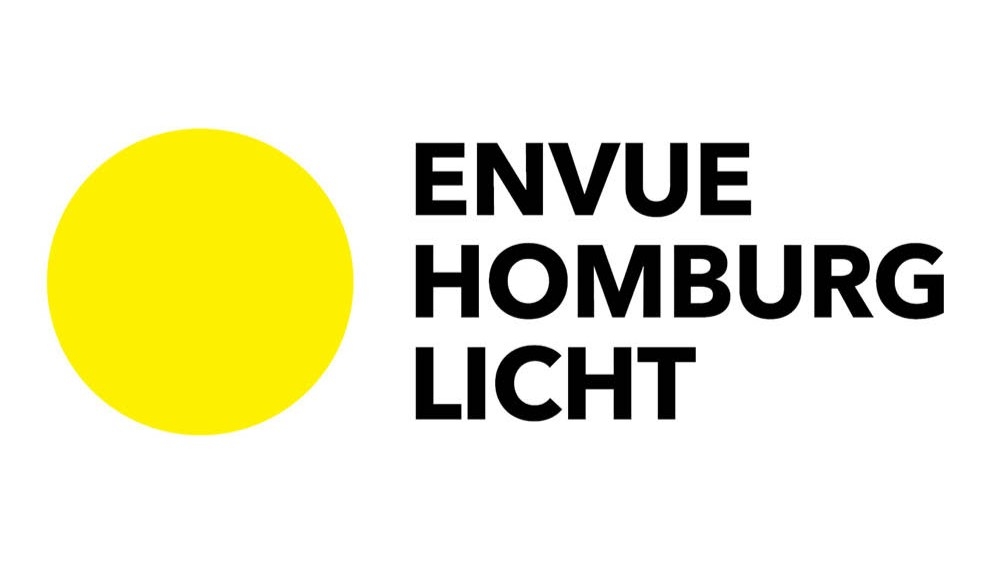Prize(s) Honorable Mentions
Lighting Design/Product Company ENVUE HOMBURG LICHT GMBH
Lead Designers Urs Schreiner, Sascha Homburg, Aleksandra Fedorenko, Martina Tillemann
Other Designer's names Exhibition design: chezweitz
Client Leibniz Institute for Maritime History
Photo Credits DSM | Nicole Werner Photography, Hamburg and Alexander Butz for chezweitz GmbH
Completion Date 2024
Project Location Bremerhaven, Germany
Entry DescriptionThe German Maritime Museum in Bremerhaven, Leibniz Institute for Maritime History, conveys the technical, cultural, and ecological effects of shipping on the oceans in its new permanent exhibition in the Bangert Building. As a research museum, the DSM places a special focus on scientific approaches and interactive communication, allowing visitors to actively immerse themselves in the complex subject matter.
The central “light theme” is natural light and its dynamic changes throughout the day. This is due to the numerous openings in the architecture on both vertical and horizontal levels. Daylight can be experienced in all its facets. In addition, light at sea plays an important role as an essential component of the weather in shipping.
The change in light throughout the day means a changing dynamic in the lighting design, with brighter and darker zones, but also with the conscious use of continuously adjustable white light control. In combination with natural light, clever colored light control creates color temperature contrasts even during the day, which can enrich the sensory experience and enhance the scenography.
Sustainability ApproachThe architecture of the Bangert building allows for comprehensive lighting of the exhibition rooms thanks to vertical and horizontal openings. Daylight is used specifically to create changing lighting moods and reduce the energy requirements of artificial lighting. All luminaires, including track spotlights, downlights, and display case lights, are energy-efficient LEDs with a high color rendering index of over 90. They ensure natural presentation of the exhibits with low power consumption and a long service life. The lighting is continuously dimmable and divided into different scenarios, such as for operation, events, or cleaning. This allows the light intensity to be adjusted to the respective use, thus avoiding unnecessary energy consumption.


